Home>Dining>Tableware>How To Properly Use Utensils During Fine Dining
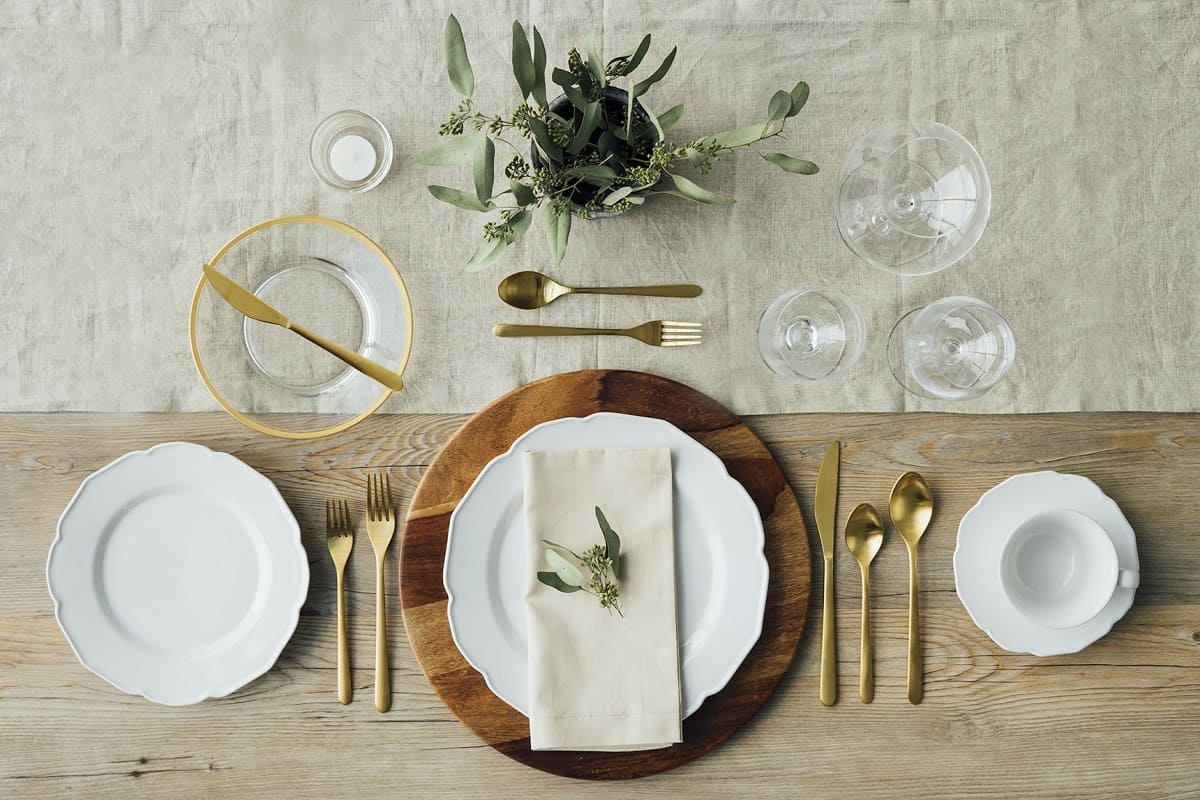

Tableware
How To Properly Use Utensils During Fine Dining
Modified: November 1, 2024
Learn the proper etiquette for using tableware during fine dining. Discover tips and techniques to handle utensils gracefully and enhance your dining experience.
(Many of the links in this article redirect to a specific reviewed product. Your purchase of these products through affiliate links helps to generate commission for Storables.com, at no extra cost. Learn more)
Introduction
Welcome to the world of fine dining! Elegant tableware, exquisite flavors, and refined etiquette come together to create a remarkable dining experience. But amidst the grandeur and sophistication, it’s important to know how to properly use utensils during this refined endeavor.
Whether you’re attending a formal dinner party, dining at a fancy restaurant, or hosting a special occasion, understanding the fundamentals of tableware usage is essential. In this article, we will guide you through the proper handling of cutlery, share tips on table setting, and offer insights into the nuances of etiquette for a memorable fine dining experience.
So, let’s embark on this culinary journey and discover the art of using utensils to elevate your dining experience to new heights!
Key Takeaways:
- Elevate your fine dining experience by mastering the art of tableware usage and etiquette. Impress others with your refined manners and create a memorable dining atmosphere.
- Proper handling of utensils, napkins, and adherence to dining etiquette will showcase your sophistication and respect for the culinary experience. Enhance your dining occasions with grace and elegance.
Setting the Table
Setting the table for a fine dining experience is a crucial step in creating an inviting atmosphere. The arrangement of the tableware not only showcases your attention to detail but also sets the tone for the meal ahead.
Here are some key points to consider when setting the table:
- Start with a tablecloth or placemats: A clean and neatly pressed tablecloth or stylish placemats provide a beautiful foundation for your table setting. Choose a color or pattern that complements the overall aesthetic of your dining space.
- Lay out the dinner plates: Place a dinner plate at the center of each setting, about an inch away from the edge of the table.
- Arrange the cutlery: On the left side of the plate, place the fork(s) with the tines facing up. On the right side, place the knife(s) with the blade facing towards the plate, and the spoon(s) to the right of the knife.
- Position the glassware: Above the knife, towards the right side of the setting, place the water glass. If serving wine, arrange the wine glasses to the right of the water glass, with the largest glass closest to the water glass.
- Add the napkin: Fold the napkin and place it either on top of the dinner plate or to the left side of the forks. Alternatively, you can get creative and use napkin holders or fold the napkin in intricate designs.
- Consider additional table decor: Depending on the occasion, you may want to add decorative elements such as flowers, candles, or place cards to add a touch of elegance.
Remember, the table should feel organized and inviting, with enough space for diners to comfortably enjoy their meal. By paying attention to the details of table setting, you are setting the stage for a memorable fine dining experience.
The Proper Use of Cutlery
Now that the table is beautifully set, let’s delve into the proper use of cutlery. Each utensil is designed to serve a specific purpose and mastering their usage will elevate your dining experience while showcasing your dining etiquette.
Here are a few guidelines to keep in mind:
- Start with the outermost utensils: When multiple utensils are set on the table, always use the outermost ones first and work your way in as the meal progresses. This ensures a logical order and prevents confusion.
- Hold cutlery properly: Grip the handles of the knife, fork, or spoon towards the end, ensuring a comfortable yet firm hold to maintain control while eating.
- Use the appropriate utensil for each course: Different courses require different utensils. Typically, forks are used for the main course, with the salad fork being smaller and placed on the outer left side. The soup spoon is larger and is positioned on the outer right side. Dessert cutlery, such as a cake fork or spoon, can be placed horizontally above the dinner plate.
- Know the cutlery signals: In formal dining settings, your cutlery placement conveys important signals to the waitstaff. To indicate that you have finished a course, place your knife and fork together diagonally on the right side of the plate with the handles at 4 o’clock and the tips at 10 o’clock.
- Use appropriate cutting etiquette: When cutting food, hold the knife in your dominant hand and the fork in your other hand. Cut one bite-sized piece at a time, then switch the fork from your non-dominant hand to your dominant hand to eat.
- Take small, refined bites: When using cutlery, avoid taking large, messy bites. Instead, take small, elegant bites while maintaining proper posture and table manners.
- Rest utensils on the plate: When taking a break during the meal, rest your utensils on the edge of the plate with the tines or blade facing inward. This indicates to the waitstaff that you have not finished your meal.
By following these guidelines, you will demonstrate your understanding of proper cutlery usage and enhance the overall fine dining experience for yourself and those around you.
Using the Fork
The fork is a versatile utensil that plays a significant role in fine dining. Knowing how to use it properly will enhance your dining experience and showcase your table manners. Here are some tips on how to use the fork gracefully:
- Hold the fork correctly: Grip the handle of the fork with your dominant hand, with your index finger resting on the back of the handle for stability. Maintain a relaxed yet firm grip to have control over the fork.
- Use the continental style: The continental style of using a fork is popular in fine dining settings. Hold the fork in your left hand, tines facing downwards, and your index finger resting lightly on the back of the fork. Use the fork to spear or scoop food, bringing it to your mouth.
- Master the knife and fork duo: When eating a meal that requires cutting, such as steak or pasta, use the knife and fork in coordination. Cut a bite-sized piece of food, using the knife in your right hand and the fork in your left hand. Once cut, place the knife down on the side of the plate and switch the fork to your right hand to bring the food to your mouth.
- Avoid unnecessary gestures: While using the fork, refrain from using it as a pointer or gesticulating with it while speaking. The fork is meant for eating, not for gesturing or playing with your food.
- Never lick the fork: Licking the fork is considered impolite and unhygienic. Avoid this behavior and instead, use your lips and the tip of your tongue to remove any food from the fork.
- Rest the fork on the side of the plate: When taking a break or when you are finished with your meal, rest the fork with the tines down on the side of the plate. This position indicates to the waitstaff that you are pausing or have finished.
Remember, the proper use of the fork is not only about technique, but also about displaying good table manners. By using the fork with finesse, you will elevate your dining experience and leave a positive impression on those dining with you.
Using the Knife
The knife is a fundamental tool in fine dining, allowing you to cut and prepare your food with precision. Understanding how to use it properly will not only make your dining experience more enjoyable but also demonstrate your sophistication and etiquette. Here are some tips for using the knife gracefully:
- Hold the knife appropriately: Grip the handle of the knife firmly but with a relaxed hold. Your index finger should be extended along the back of the handle, providing stability and control.
- Master the cutting technique: When using a knife to cut your food, hold it in your dominant hand and position the blade near the edge of the plate. Apply gentle pressure and use a sawing motion to cut through the food. Avoid using excessive force or hacking at your food.
- Coordinate with the fork: When cutting a piece of food, such as meat or poultry, use the knife and fork together. Hold the knife in your right hand and the fork in your left hand. Cut a small, manageable piece of food, then switch the fork to your right hand to bring the food to your mouth.
- Rest the knife properly: When taking a break during the meal or when you have finished, rest the knife on the side of the plate with the blade facing inward. This position signals to the waitstaff that you are not finished with your meal.
- Never wave or brandish the knife: Remember, the knife is a tool for eating, not for gesturing or playfulness. Avoid waving it around or using it in any manner other than its intended purpose.
- Use the appropriate knife for the dish: Different types of knives are designed for specific purposes. For example, a steak knife is used for cutting through grilled or roasted meats, while a butter knife is used for spreading butter or other spreads onto bread or rolls. Use the appropriate knife for the task at hand.
- Keep the knife on the plate: Once you have finished cutting a piece of food, do not place the knife back on the table. Instead, rest it on the side of the plate, parallel to the edge, until the next cutting action is required.
By following these guidelines, you will not only demonstrate your understanding of knife etiquette but also enhance your dining experience. Proper use of the knife reflects your refinement and shows respect for the culinary art presented before you.
When using utensils during fine dining, start from the outside and work your way in with each course. Use the appropriate utensils for each dish, and place them on the plate when finished.
Read more: How To Properly Clean Wooden Dining Chairs?
Using the Spoon
The spoon is a versatile utensil that is used for savoring soups, enjoying desserts, and gracefully consuming various dishes. Understanding how to use it properly will add a touch of elegance to your fine dining experience. Here are some tips for using the spoon with finesse:
- Hold the spoon correctly: Grip the handle of the spoon with your dominant hand, using a gentle yet firm hold. Position your index finger along the back of the handle for stability and control.
- Use the spoon for soups and liquids: When enjoying a soup, hold the spoon in your dominant hand and scoop the liquid away from you, using the opposite side of the spoon. Bring the spoon to your mouth, allowing the liquid to flow into your mouth without slurping. Tilt the edge of the spoon slightly to guide the soup into your mouth.
- Eat with small, refined spoonfuls: Avoid taking overly large spoonfuls of food. Instead, take small, elegant spoonfuls to savor the flavors and maintain control over your bites.
- Enjoy desserts elegantly: Use a dessert spoon, which is slightly smaller than a soup spoon, to enjoy sweet treats. Use the same technique as with soup, scooping small portions towards you and bringing them to your mouth.
- Rest the spoon on the saucer or bowl: When taking a break or when you have finished your dish, rest the spoon on the saucer or bowl in a balanced position. Avoid leaving the spoon on the table or placing it directly on the plate.
- Use the appropriate spoon for the dish: Different types of spoons are designed for specific uses. For example, a teaspoon is used for stirring coffee or tea, while a bouillon spoon is smaller and used for enjoying broth-based soups. Use the appropriate spoon for the type of dish served.
- Avoid unnecessary noise: When using a spoon, do so quietly and avoid clinking it against the bowl or saucer. Respectful and quiet spoon usage adds to the refined ambiance of the dining experience.
By following these tips, you will demonstrate your understanding of proper spoon usage and enhance your fine dining experience. Using the spoon with grace and elegance will not only make your meal more enjoyable but also leave a lasting impression on those dining with you.
Proper Handling of Napkins
Napkins play an important role in fine dining, serving both practical and etiquette purposes. Knowing how to handle your napkin properly demonstrates your knowledge of dining etiquette and adds a refined touch to your overall dining experience. Here are some guidelines for the proper handling of napkins:
- Unfolding the napkin: As you sit down at the table, wait for the host or the lead of the table to unfold their napkin first. Following their lead, take your napkin and gently unfold it with care, placing it on your lap. Avoid shaking it open or snapping it.
- Placing the napkin on your lap: Once unfolded, place the napkin on your lap, draping it over your legs. If you prefer, you can fold it in half width-wise and place it with the fold facing toward your stomach. The napkin should remain on your lap throughout the entire meal.
- Using the napkin: During the meal, use your napkin to gently blot your mouth as needed. If you need to wipe your mouth more thoroughly, dab your lips with the napkin. Avoid wiping vigorously or rubbing your mouth with the napkin.
- Handling spills or accidents: If you accidentally spill something on yourself or the tablecloth, discreetly and gently blot the spot with your napkin to absorb the spill. Do not make a fuss or draw attention to the incident.
- Placing the napkin when excusing yourself: If you need to excuse yourself from the table during the meal, place your napkin neatly on your chair. This signals to the waitstaff that you will be returning and helps to avoid confusion.
- Leaving the table at the end of the meal: Once you have finished your meal, place your napkin loosely folded or loosely gathered on the left side of your plate. This signals to the waitstaff that you have completed your meal.
- Avoid using the napkin for other purposes: The napkin is meant for personal hygiene and cleanup during the mealtime. Avoid using it to wipe your face, hands, or utensils, and never use it as a handkerchief.
- Respecting others’ napkins: Avoid touching or using someone else’s napkin. Each diner has their own personal napkin for hygiene and individual use.
By following these guidelines, you will show respect for dining etiquette and contribute to the overall polished ambiance of a fine dining experience. Proper handling of your napkin adds to the refinement and elegance of the meal, leaving a positive impression on others.
Etiquette Tips for Fine Dining
When it comes to fine dining, etiquette plays a crucial role in creating a sophisticated atmosphere and ensuring an enjoyable experience for all. Mastering the art of dining etiquette will not only showcase your refinement but also make you feel more confident in any formal dining setting. Here are some etiquette tips to keep in mind:
- Wait for the host: When dining at someone’s home or attending a formal dinner, wait for the host or the lead of the table to signal for guests to begin eating. This shows respect and allows everyone to start together.
- Use polite language: Speak softly and politely throughout the meal. Avoid using offensive language or engaging in controversial or sensitive topics that may make others uncomfortable. Conduct yourself with grace and courtesy.
- Observe proper posture: Sit up straight with your back against the chair, and avoid slouching or leaning too far back. Maintain a relaxed yet elegant posture throughout the meal.
- Chew with your mouth closed: When eating, chew your food with your mouth closed to avoid making unnecessary noise. Keep your conversations and eating separate to ensure a pleasant dining experience for everyone at the table.
- Follow the dining pace: Pace your meal according to the other diners. Avoid finishing your course too quickly or lingering too long after others have finished. Adapt to the rhythm of the meal and engage in conversation to enjoy a harmonious dining experience.
- Use utensils gracefully: Use the appropriate utensils for each course and handle them with finesse. Avoid clanging silverware against plates and use them with smooth, controlled movements. Always rest your utensils on the plate when taking a break or when finished with a course.
- Respect personal space: Avoid reaching across the table for items. Instead, politely ask for them to be passed to you. Keep your elbows off the table, as this can be seen as impolite and disruptive to others at the table.
- Thank the host and chef: At the end of the meal, express your gratitude to the host or chef for their hospitality and the delicious meal they have prepared. A simple thank you and appreciation goes a long way in showing your manners.
- Observe the dress code: If dining at a fine restaurant or attending a formal event, dress appropriately according to the designated dress code. Follow the expectations to maintain the elegant atmosphere and show respect to the occasion and venue.
- Be mindful of dietary restrictions: If you have any dietary restrictions or allergies, inform the host or the restaurant staff in advance. This allows them to accommodate your needs and ensures a pleasant dining experience for you and everyone else.
By adhering to these etiquette tips, you will navigate through fine dining situations with ease and grace. Etiquette is not about strict rules, but rather a way to enhance the dining experience and show respect for others. Practice these tips, and you’ll become a master of dining etiquette in no time!
Conclusion
Congratulations! You have now been equipped with a comprehensive understanding of proper tableware usage and etiquette for fine dining. By following these guidelines, you can confidently navigate formal dining situations, elevate your dining experience, and leave a lasting impression on those dining with you.
Remember, setting the table with care, using cutlery gracefully, handling napkins properly, and observing dining etiquette are all essential elements that contribute to the overall refinement and enjoyment of a fine dining experience. Paying attention to these details not only demonstrates your sophistication and respect for the culinary art but also enhances the overall ambiance of the occasion.
So, whether you’re dining at a high-end restaurant, attending a formal event, or hosting a special dinner at home, embrace the knowledge you’ve gained and put it into practice. Enjoy the flavors, savor the moments, and let your understanding of tableware usage and etiquette enhance your overall dining experience.
Bon appétit!
Frequently Asked Questions about How To Properly Use Utensils During Fine Dining
Was this page helpful?
At Storables.com, we guarantee accurate and reliable information. Our content, validated by Expert Board Contributors, is crafted following stringent Editorial Policies. We're committed to providing you with well-researched, expert-backed insights for all your informational needs.
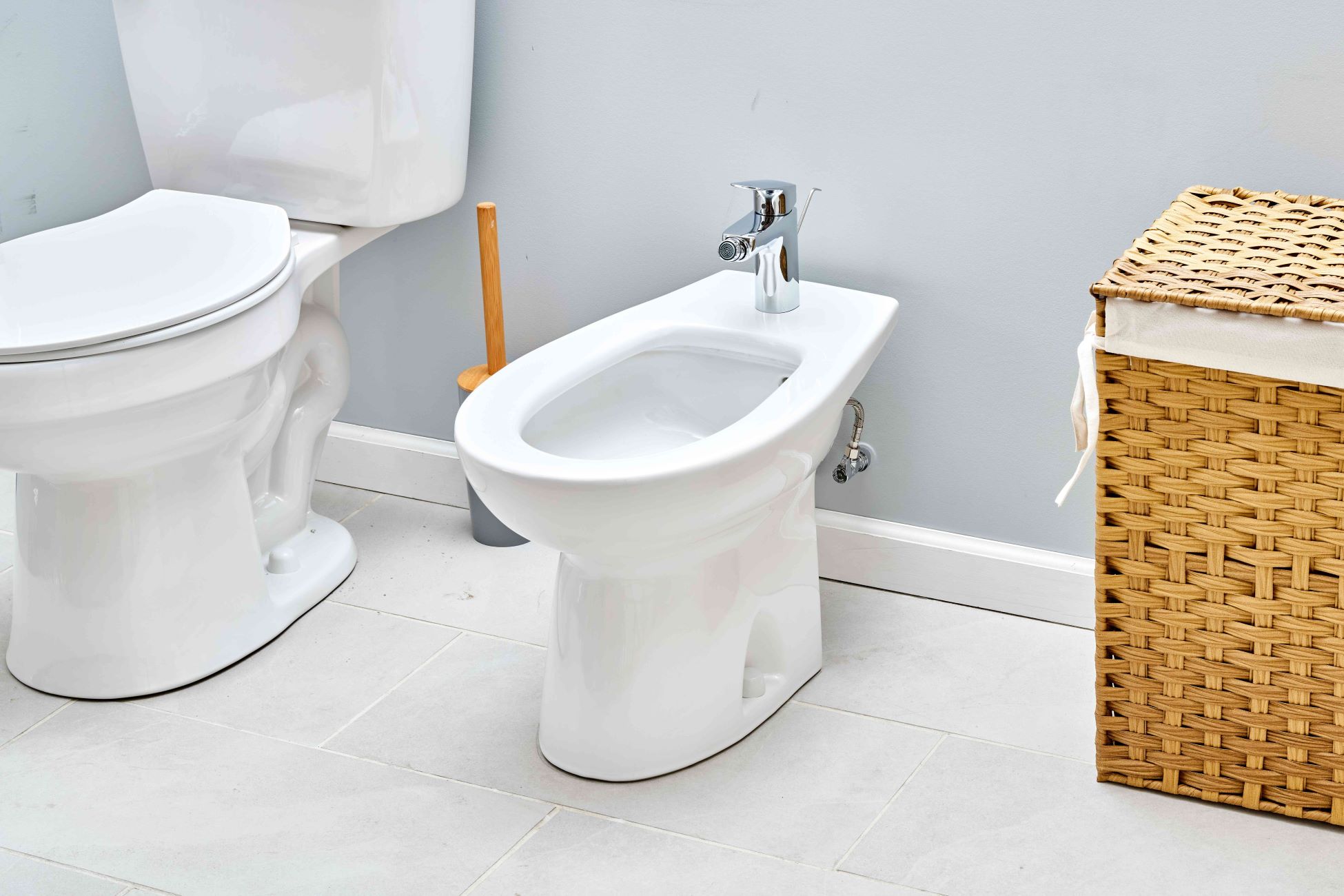
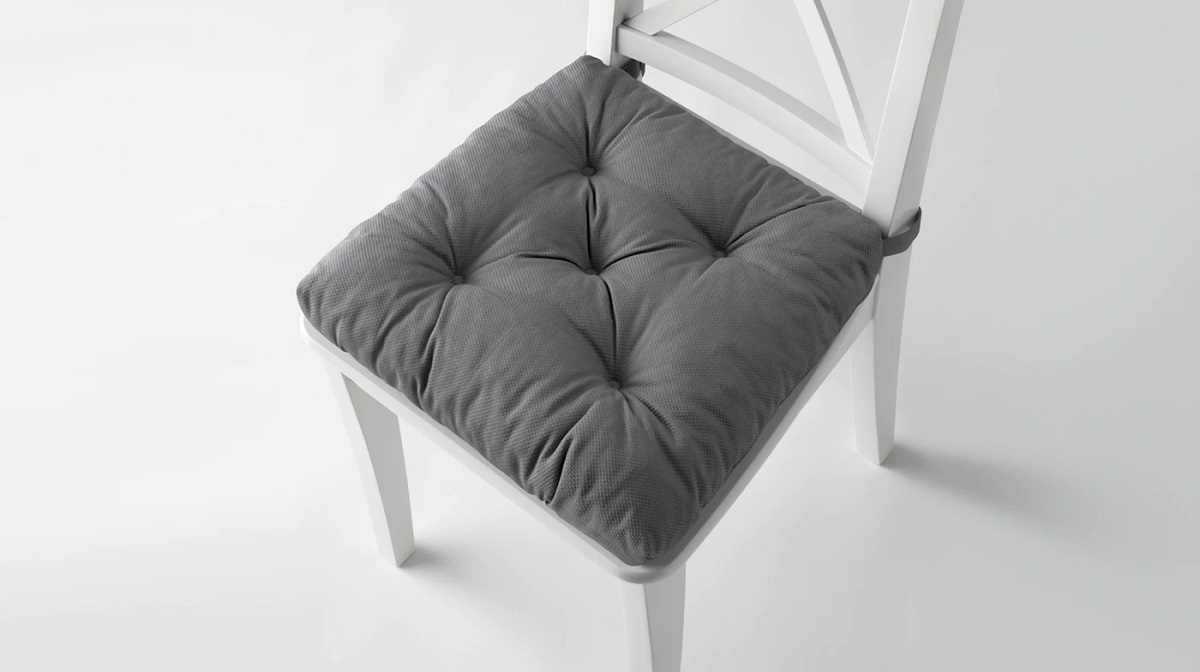

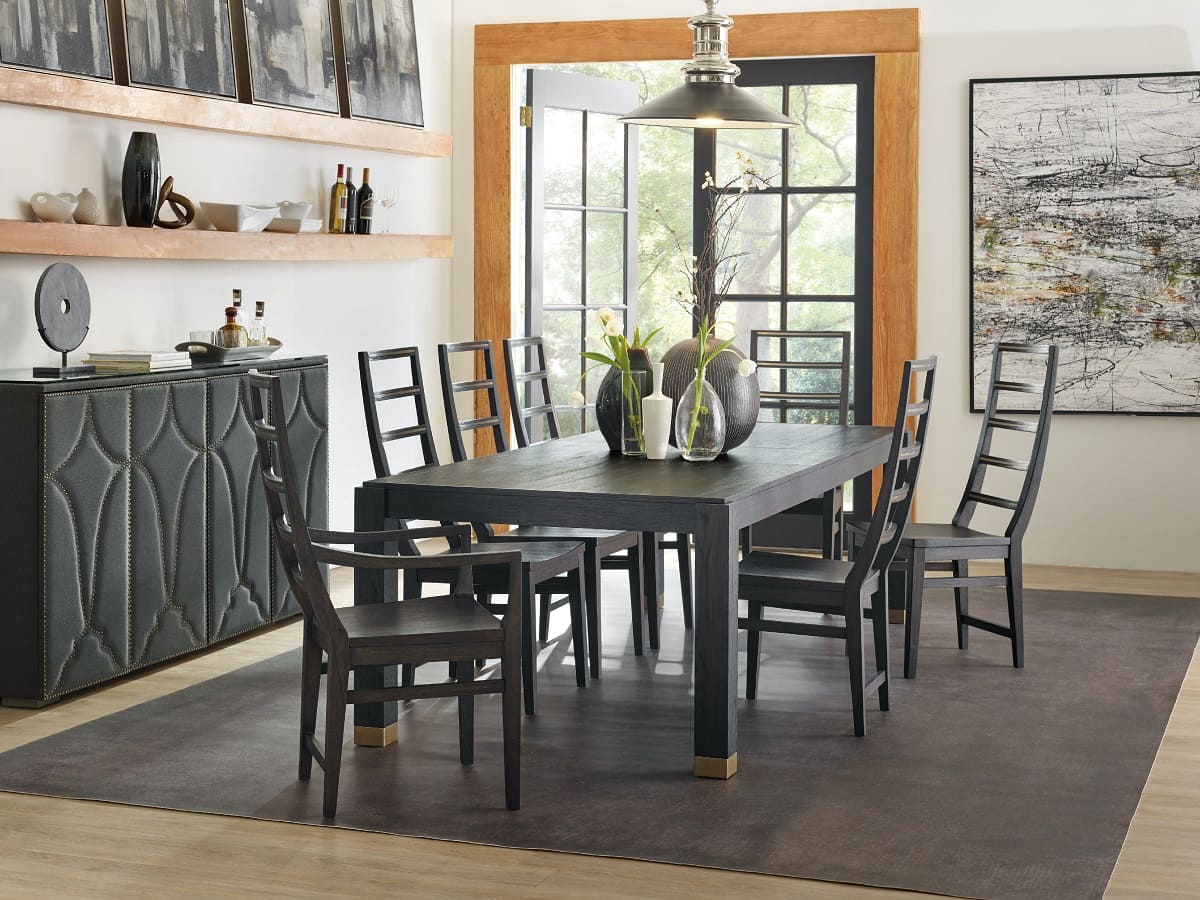


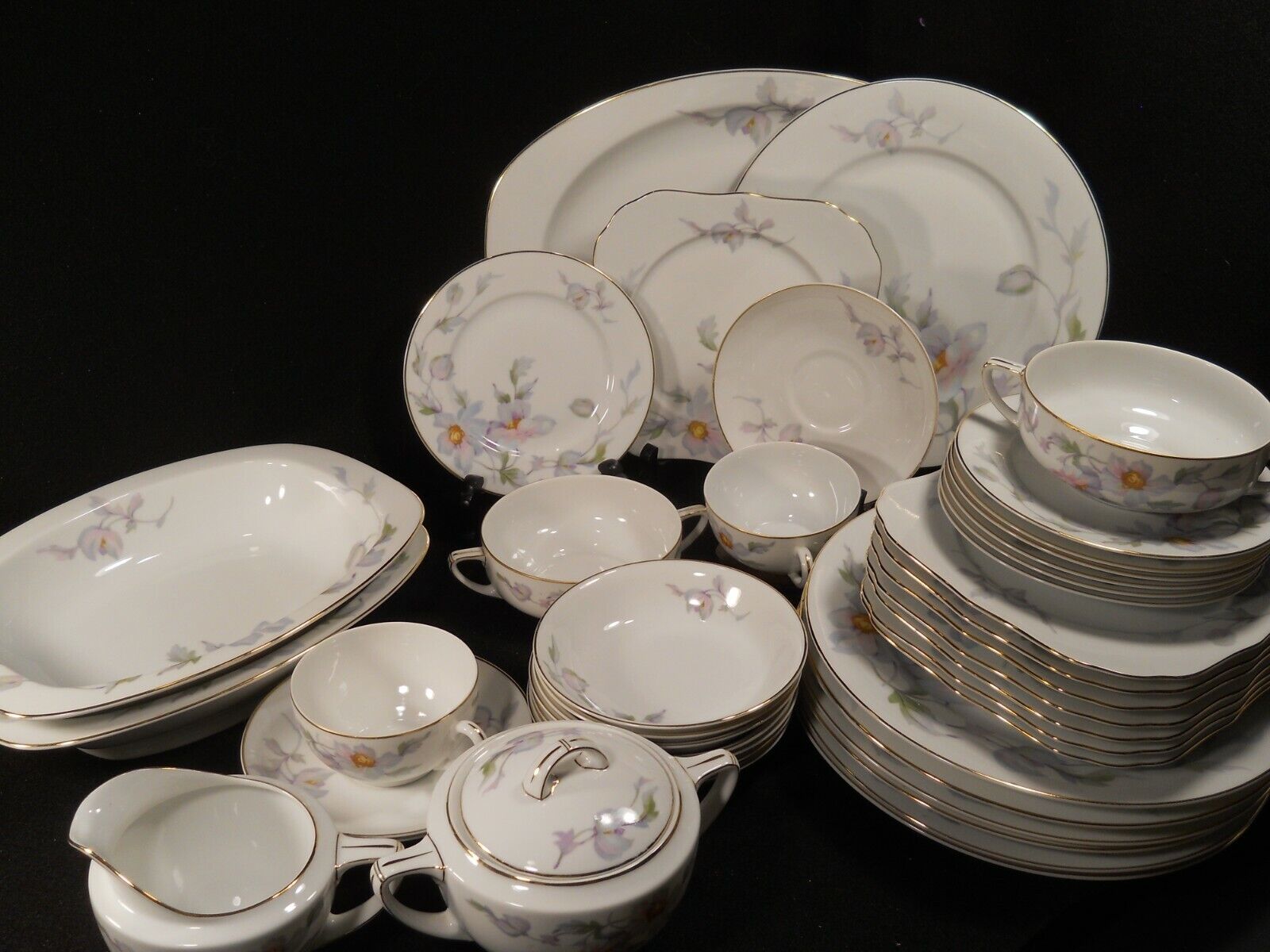

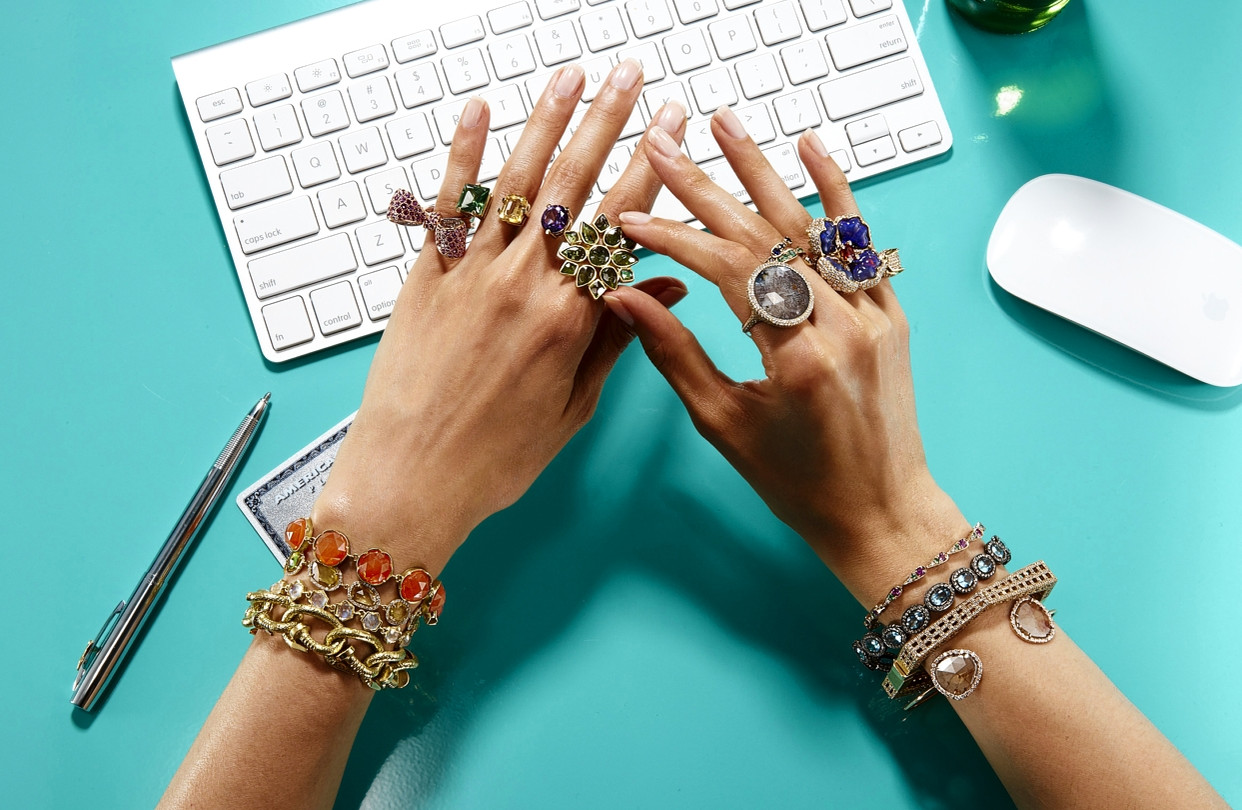
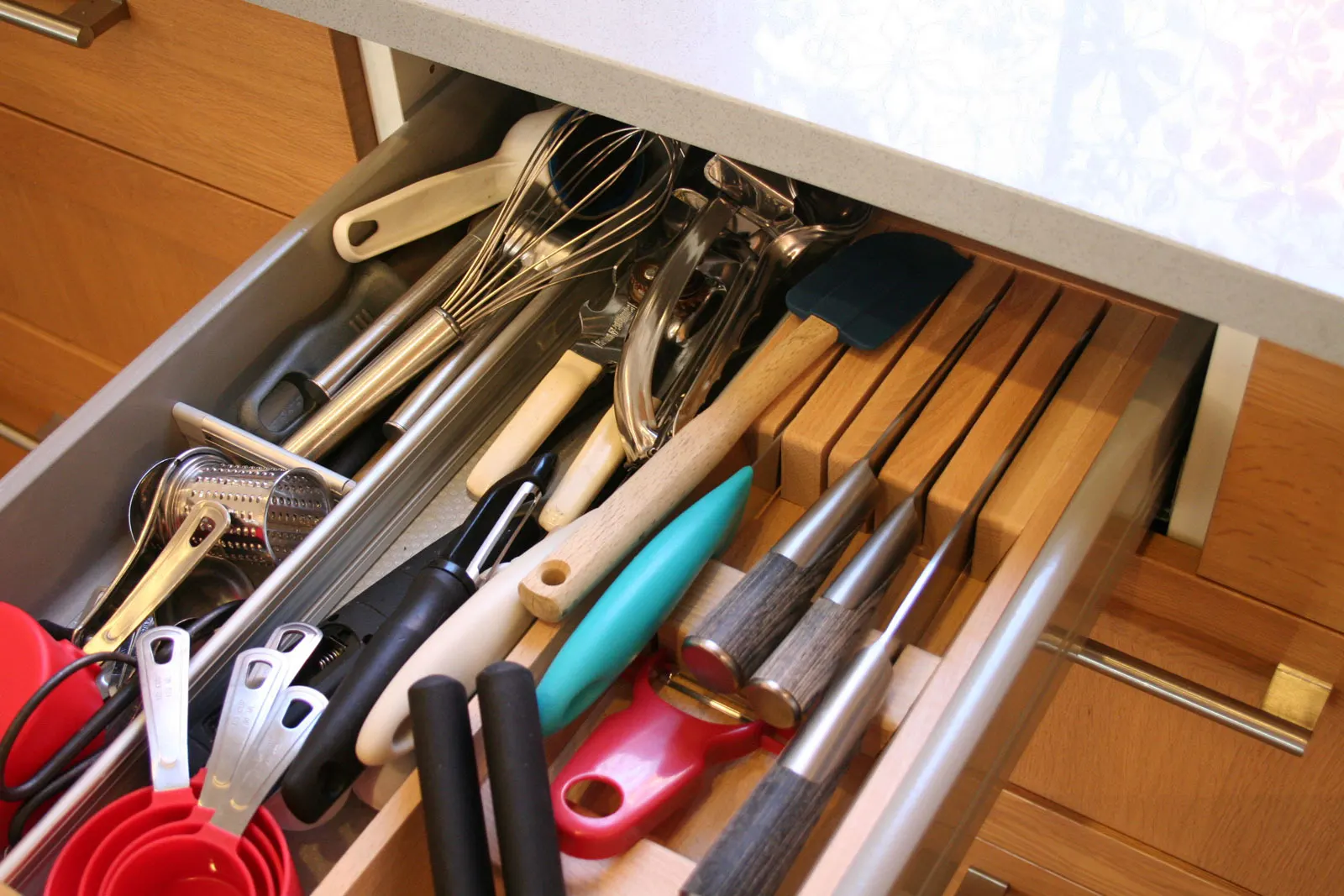

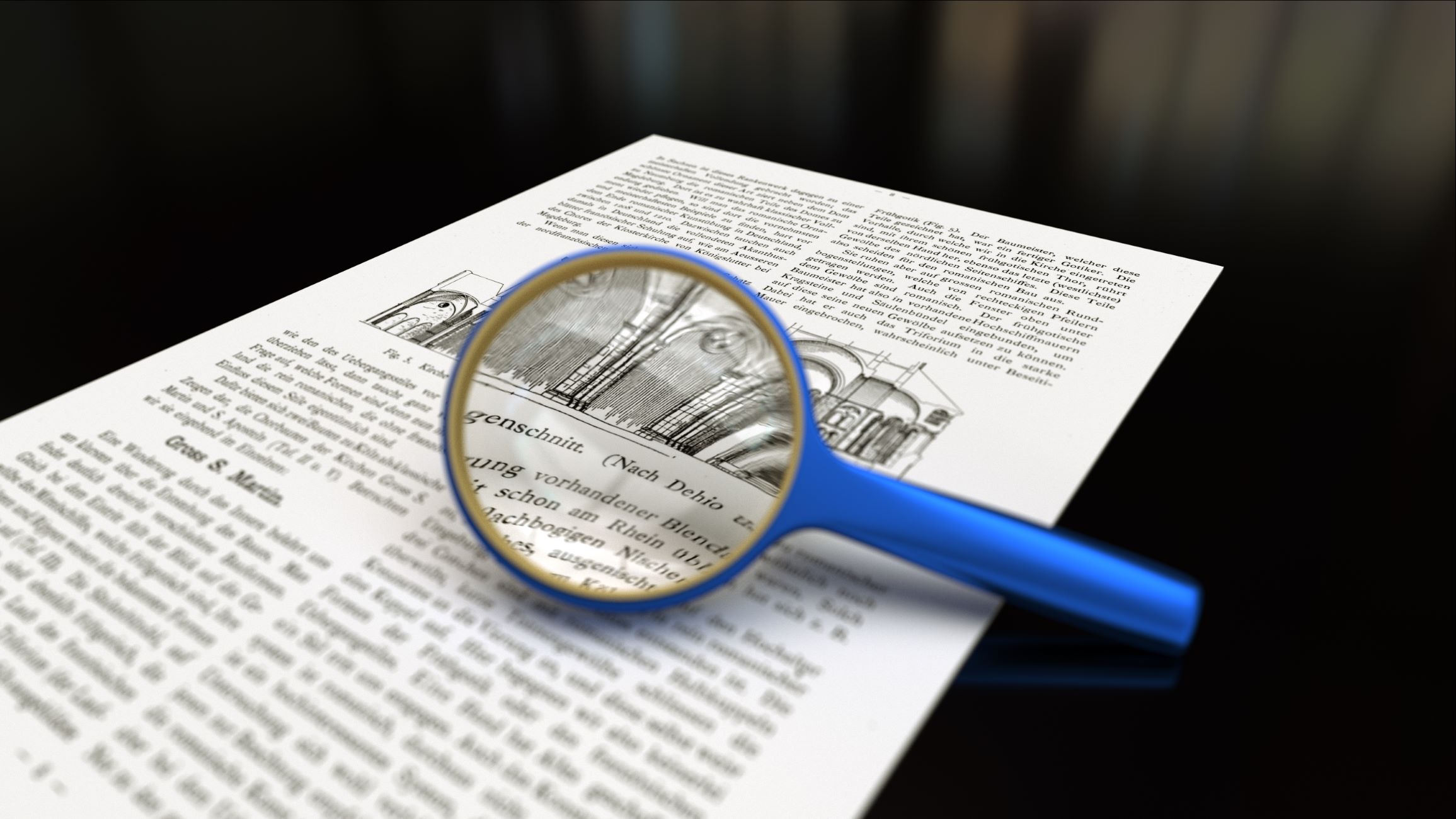
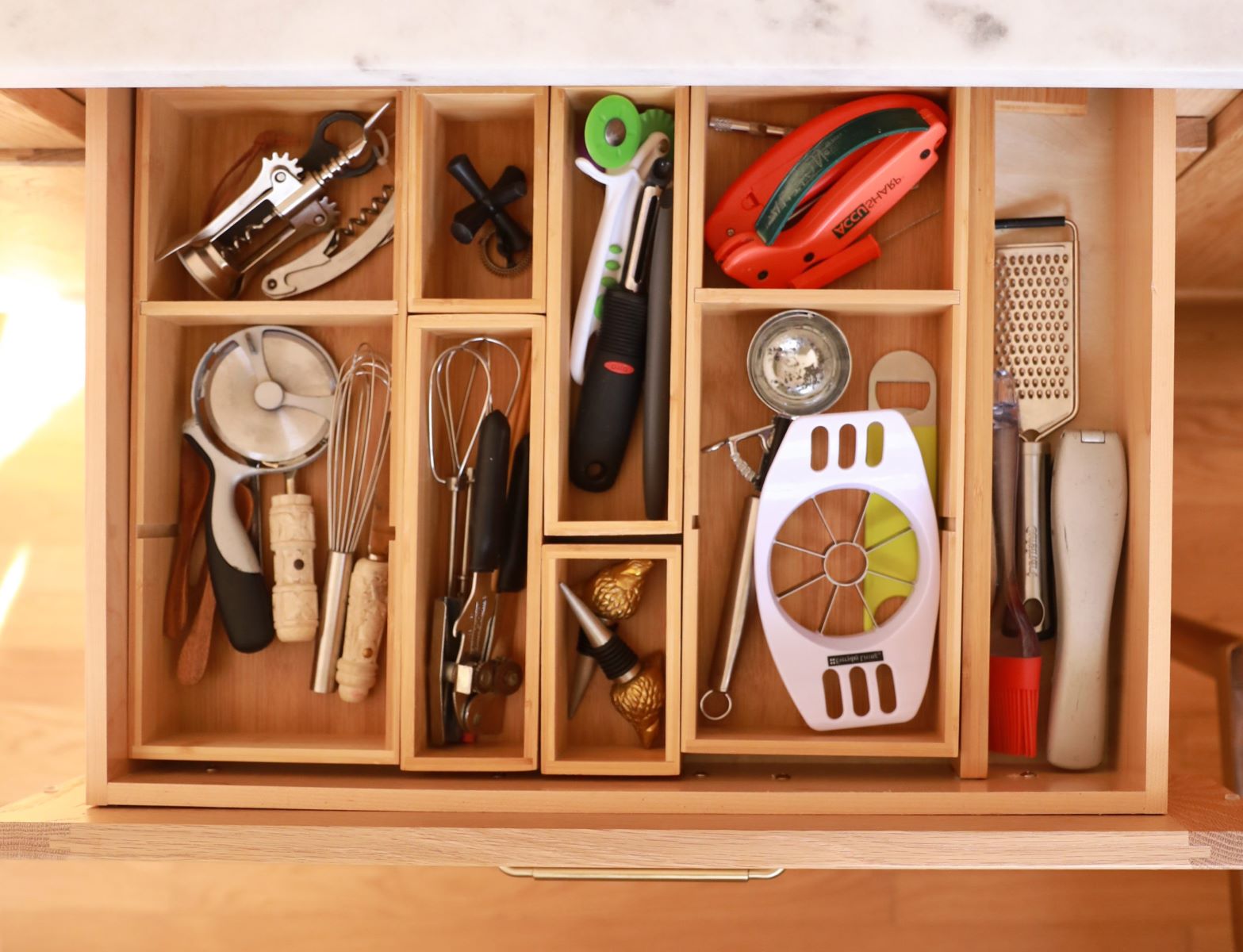
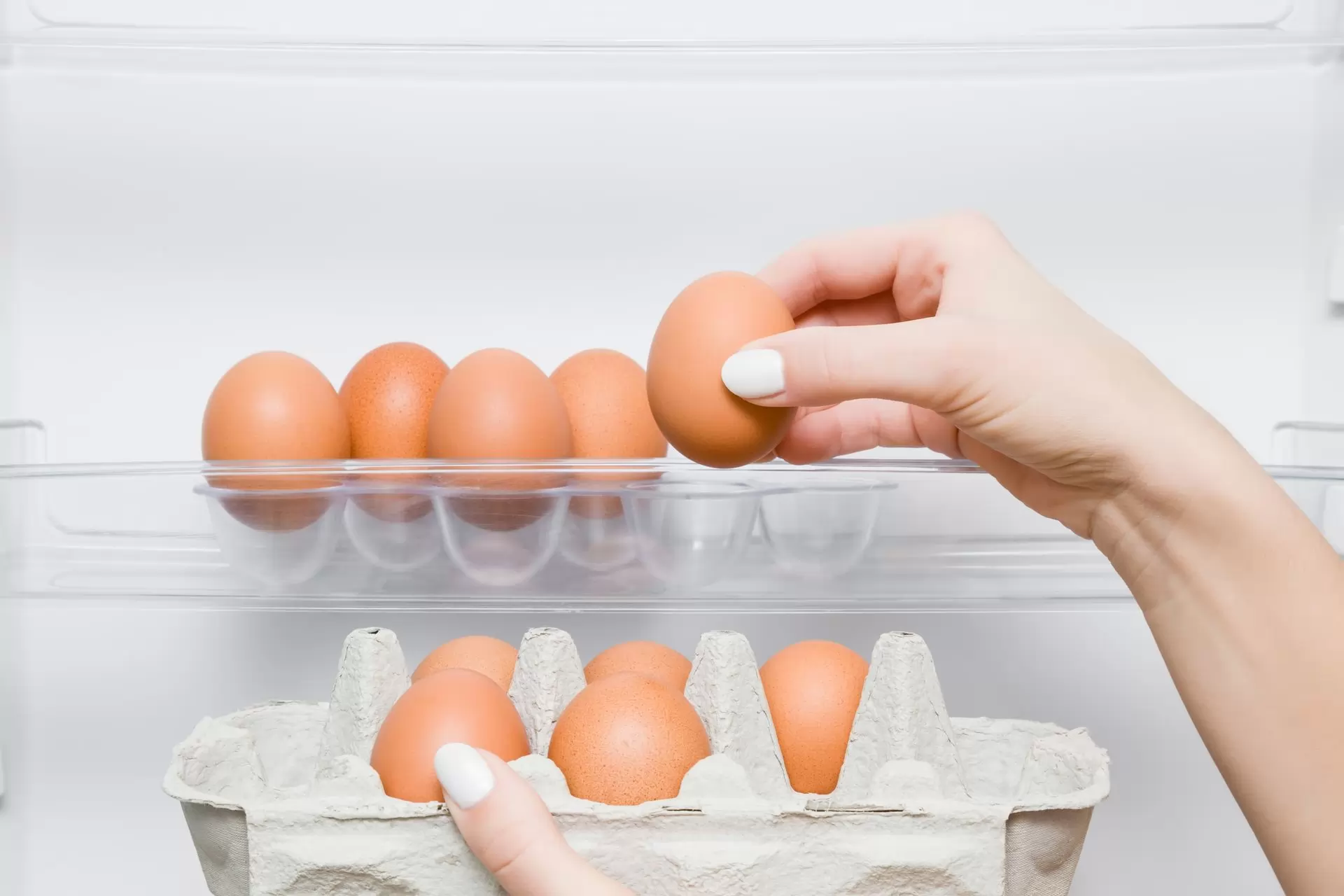

0 thoughts on “How To Properly Use Utensils During Fine Dining”